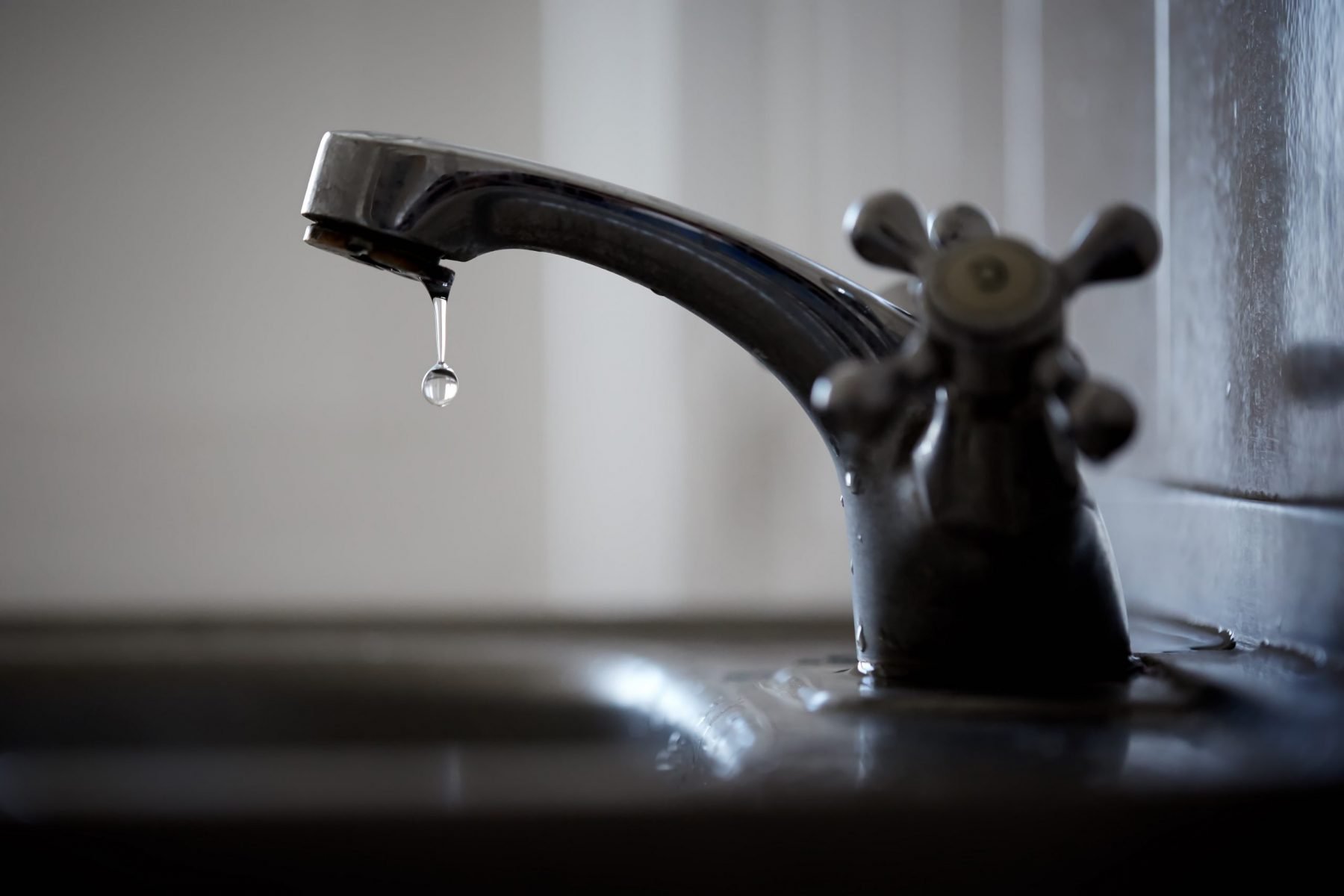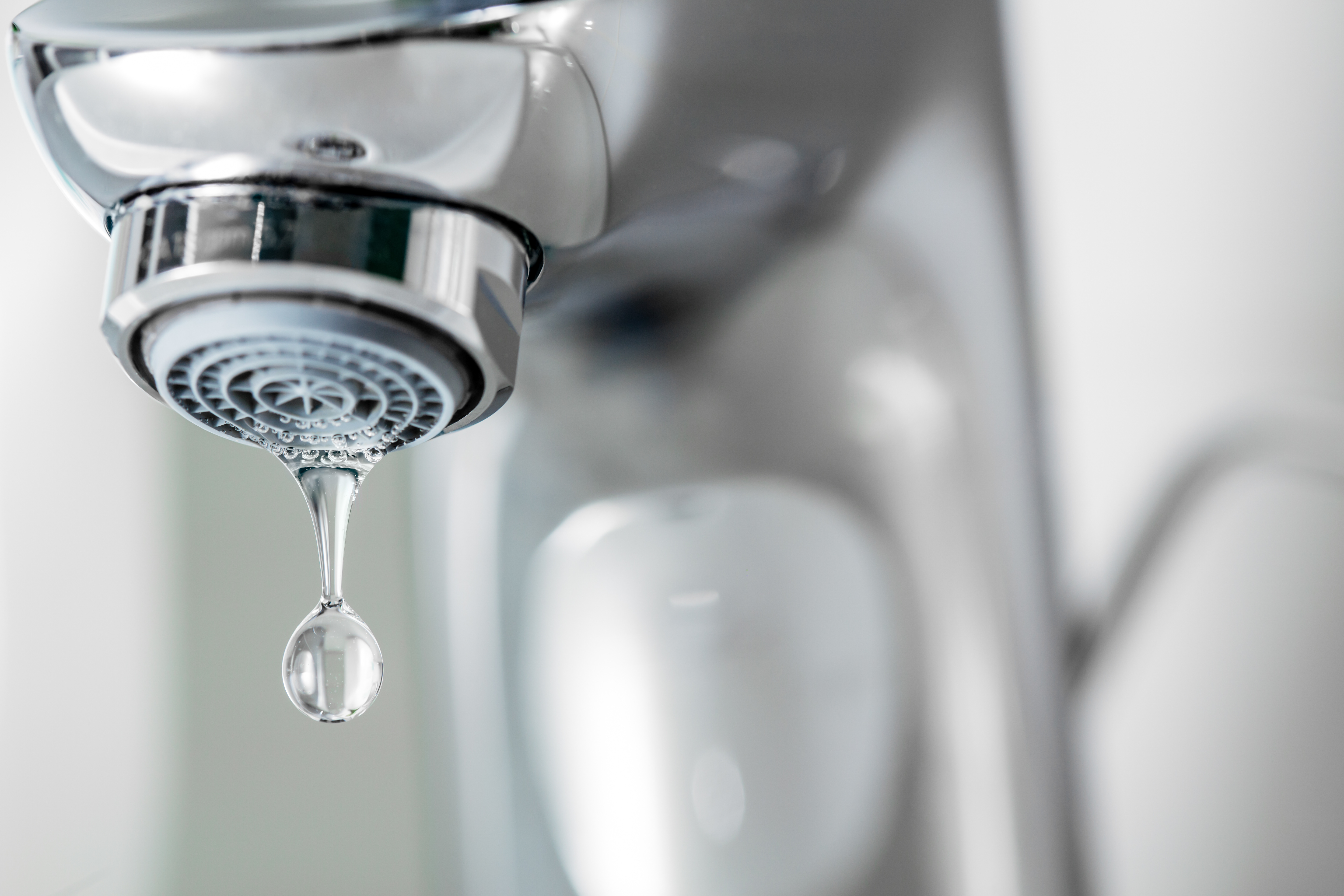Learning the Effects of a Dripping Faucet
Learning the Effects of a Dripping Faucet
Blog Article
Listed here below you can find some worthwhile material when it comes to The Environmental Impact of Leaky Faucets.

Introduction
A leaky tap may look like a minor nuisance, yet its repercussions expand much beyond the periodic drip. Recognizing the results of a leaking faucet is critical for both homeowners and the atmosphere. In this article, we'll explore the different effects of this common household problem and why addressing it without delay is essential.
Causes of Leaky Faucets
Leaking taps can result from a variety of variables, including damage, high water stress, and deterioration. With time, the consistent use faucets can lead to damaged seals and gaskets, causing leakages to create. Furthermore, extreme water stress can put stress on plumbing components, leading to leakages. Rust and rust can additionally deteriorate faucet components, making them prone to leakage.
Water Wastefulness
One of one of the most significant effects of a leaky tap is water wastefulness. Even a little drip can amount to gallons of wasted water with time. This not just increases water bills yet likewise adds to water scarcity and ecological degradation. Addressing leaky faucets quickly is important for preserving this precious source and reducing its influence on the planet.
Financial Influence
In addition to wasting water, leaky taps can also have a significant financial influence. Raised water costs are a straight consequence of water wastefulness, setting you back homeowners hundreds of dollars each year. Furthermore, the expense of fixing water damages caused by leakages can be significant, particularly if left unattended for an extensive period.
Ecological Effect
The ecological influence of leaking faucets extends beyond water wastefulness. By preserving water, house owners can add to wider initiatives to reduce water deficiency and safeguard natural ecological communities. Sustainable options such as rain harvesting and water-efficient components can further decrease the environmental footprint of household water usage.
Technological Solutions
Developments in modern technology have actually led to the development of clever taps and water-saving devices that assist lessen water wastefulness. Smart taps use sensors to find motion and readjust water flow appropriately, decreasing waste without giving up ease. Water-saving gadgets such as aerators and low-flow showerheads are also efficient in saving water without endangering performance.
International Viewpoints
While dripping taps may appear like a localized issue, they add to wider international obstacles such as water deficiency and environment adjustment. In regions currently dealing with water tension, every decline counts, making leak prevention and repair vital. By adopting water-saving practices and investing in sustainable technologies, property owners can play their part in addressing these pushing international problems.
Governing Actions
Federal government guidelines play a critical function in reducing the impact of dripping taps and promoting water conservation. From building codes that call for water-efficient fixtures to water-saving rewards and rebates, policymakers have a series of tools at their disposal. By implementing and applying these laws, governments can ensure that home owners prioritize water conservation in their every day lives.
Area Impact
Dealing with dripping taps calls for cumulative efforts at the area level. By raising understanding about the value of water conservation and offering resources for leakage discovery and fixing, local authorities can empower property owners to take action. Initiatives such as water-saving rebate programs and leakage discovery projects can incentivize habits adjustment and advertise accountable water use.
Situation Studies
Real-life instances of the impact of leaking faucets underscore the relevance of aggressive maintenance and prompt repairs. From water damages to escalating water bills, the consequences of neglecting leaks can be serious. By sharing these case studies, property owners can much better comprehend the importance of attending to leaking faucets promptly.
Educational Campaigns
Educational campaigns play a critical duty in elevating recognition about the effects of dripping faucets and promoting water conservation methods. With workshops, seminars, and on the internet sources, house owners can find out how to detect and repair leaks themselves. By equipping people with knowledge and devices, instructional projects can cultivate a culture of accountable water usage within areas.
Health Issues
Leaky faucets can produce conducive settings for mold and mildew and mildew growth, posing health dangers to passengers. The existence of mold and mildew can aggravate respiratory system problems and allergies, especially in susceptible people. Furthermore, water damages arising from leakages can compromise the structural stability of buildings and result in expensive repair services.
DIY vs. Professional Repair work
When confronted with a leaking faucet, property owners commonly discuss whether to try repair work themselves or hire a specialist plumber. While DIY repair work can save cash, they might not constantly address the underlying problem effectively. Expert plumbing professionals have the experience and equipment to identify and fix leakages correctly, ensuring long-lasting remedies and satisfaction for property owners.
Safety nets
Stopping dripping taps needs normal maintenance and aggressive actions. Simple jobs such as replacing damaged washers and seals can protect against leaks from developing. Additionally, updating to premium fixtures and decreasing water stress can aid extend the life expectancy of taps and decrease the risk of leaks.
Conclusion
Finally, the results of a dripping tap prolong far past the occasional drip. From water waste and increased water expenses to health and wellness worries and ecological effect, the consequences of neglecting leaks can be substantial. By addressing leaky taps promptly and adopting water-saving practices, homeowners can alleviate these results and add to a much more lasting future.
Why You Shouldn’t Ignore a Leaky Faucet in Your Home
What Causes a Leaky Faucet?
Various factors can cause a leak, from loose and worn-out parts to corrosion. Your faucet has four essential components from which most plumbing issues will stem: the O-ring, the valve seat, the washer and the gasket.
What Is an O-Ring?
The O-ring is a stem screw that fastens parts of the faucet in place, preventing water from leaking out of the spout. Depending on your faucet type, the stem might have multiple O-rings. Water will drip from the faucet’s handles and base if this part breaks or deteriorates.
What Is a Valve Seat?
The valve seat controls the flow and temperature of the water. Found at the base of the handle, it works as a seal for the faucet’s stem. The valve seat ensures the water is allowed to flow or is blocked as the handles dictate. You’ll know it’s malfunctioning when water leaks from your faucet’s sides.
What Is a Gasket?
The gasket is found between the water inlet and the valve stem. It creates a seal between the faucet and the sink, holding its joints by aerators attached to the stem’s head. Water will trickle out from the base if the gasket isn’t working.
What Is a Washer?
The washer secures the handles and prevents leakage, serving a similar purpose to the O-ring. While the O-ring is ordinarily round and made from an elastic material, such as rubber, the washer is square-shaped and composed of brass, copper and other hard metals. If it malfunctions, corrodes or has been improperly installed, water will leak out of the handles, causing that incessant faucet drip.
Why Is a Leaky Faucet Dangerous?
A leaky faucet left alone for too long can have significant consequences.
Pest Infestations
Since bugs and rodents gravitate towards the scent of water, a leaky faucet will draw pests to your sink. Both are looking for leaks accessible through crawl spaces, which a faucet provides. If you leave water dripping for too long, you run the risk of an infestation.
Rust
If one of the faucet parts has started to corrode, the resulting rust can spread to your pipes and valves with startling speed. The rust might even lead to cracks or other impairments, resulting in more severe plumbing issues.
Your sink could also sustain damage from a leaky faucet. The water in your tap possesses sparse elements of calcium and iron that can stain your sink with repeated and prolonged exposure. Once those elements in the water have been open to the air for some time, your sink will start to rust, creating marks that can be difficult to remove.
https://www.tomsmechanical.com/blog/why-you-shouldnt-ignore-a-leaky-faucet-in-your-home

I hope you enjoyed our part about Causes and Consequences of a Leaky Faucet. Thanks a lot for taking the time to read through our blog post. Don't hesitate to take a moment to distribute this blog post if you appreciated it. I cherish reading our article about Causes and Consequences of a Leaky Faucet.
Report this page